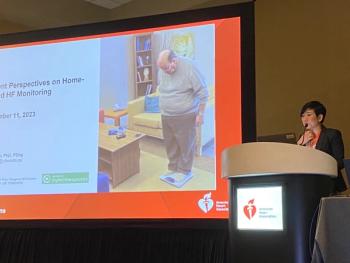
Performance improvement and project management support quality of care
The goal of project management and performance improvement as it applies to large healthcare systems is to reduce variability in the way care is provided. One desired result is patients becoming more independent in taking care of themselves. With better self-reliance, they are less likely to make trips to the emergency room and less likely to wind up in the ICU. The best benefit is that patients receive the highest standard of care possible when a hospital is providing effective, efficient healthcare.
Project management is the application of knowledge, skills, tools and techniques for the development and implementation of select Disease-Specific Care (DSC) practices.
This is accomplished through: initiating (business case developed, etc.); planning (team selected, medical model created, patient model created, measurement selected, etc.); executing (pilot launched); monitoring/controlling (program plan adjusted based on outcomes); and closing (pilot closed and outcomes reviewed). The project management process focuses on identifying DSC requirements, establishing goals and objectives, meeting the expectations of care defined by the various stakeholders, and managing the scope, time and cost.
The objective is to promote and support a high-level of quality patient care. "Quality care properly delivered is more cost effective. Fewer visits, fewer diagnostic tests, less medication, and shorter lengths of stay all mean a healthy bottom line and cost savings in terms of human and financial resources," says Dennis Swan, CEO of Sparrow Health System. "And patients spend less time in the hospital and more time living their day-to-day lives."
BETTER PROCESS MANAGEMENT
"Medicine is becoming increasingly complex, and complex situations call for better process management," says Larry Rawsthorne, MD, vice president of medical affairs at Sparrow. "Project management assists you in doing an increasingly better job. If you don't have the capability to do better process management, you can't succeed in delivering the best clinical care."
The financial effects of Sparrow's performance improvement make the case for this program management model. All four pulmonary service programs recently yielded program margins plus savings: bronchiolitis at more than $70,000; adult asthma at $94,300; pediatric asthma about $148,000; and COPD at $384,000.
In the four years since applying performance improvement strategies, the total program margins plus savings has topped $2 million: bronchiolitis approximately $530,000; adult asthma approximately $335,000; pediatric asthma approximately $683,000; and COPD with only two years of implementation, approximately $848,790.
Success in the pediatric asthma program is attributed to more patient and family education. Both the adult asthma and bronchiolitis programs cite evidence-based treatment as producing beneficial results for the patients and the institution.
Compared with preprogram data, length of stay has shortened in all four areas: bronchiolitis by 0.44 days; pediatric asthma by 0.61 days; adult asthma by 1.06 days; and COPD by 1.71 days. Further, pediatric asthma and COPD programs saw a readmission rate of less than 1% in the seven days following discharge from the hospital.
The performance improvement approach requires on-going, significant disruption to the status quo. "This is a culture change," explains Stephen Guertin, MD, director of the Regional Children's Center at Sparrow. "You have to re-emphasize the importance of the methodology by demonstrating that it works.
Newsletter
Get the latest industry news, event updates, and more from Managed healthcare Executive.






















































